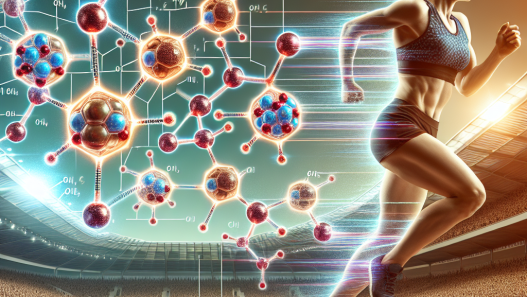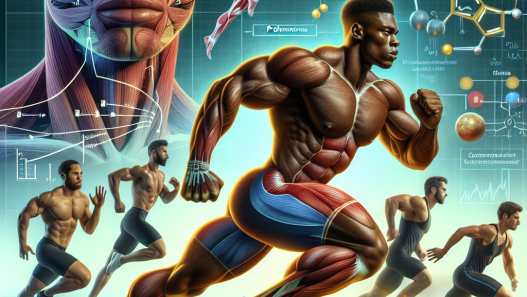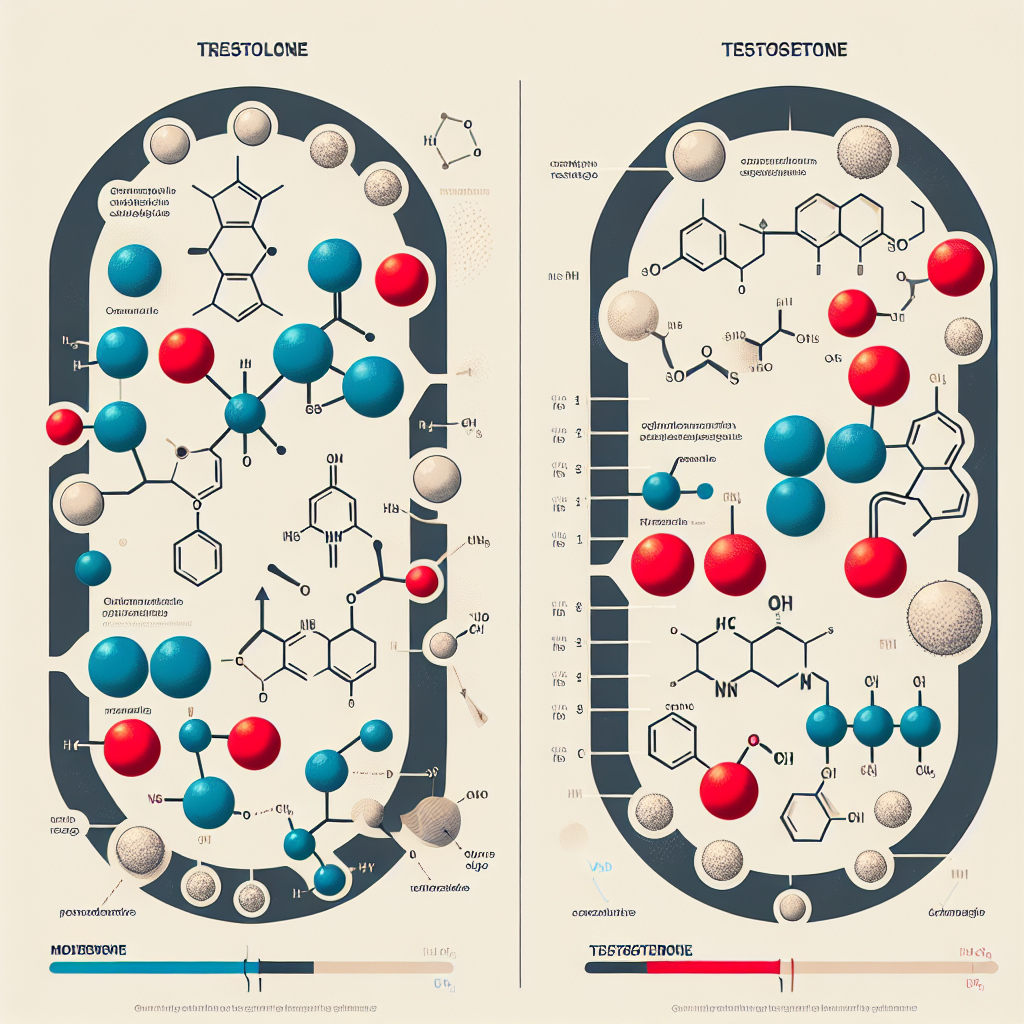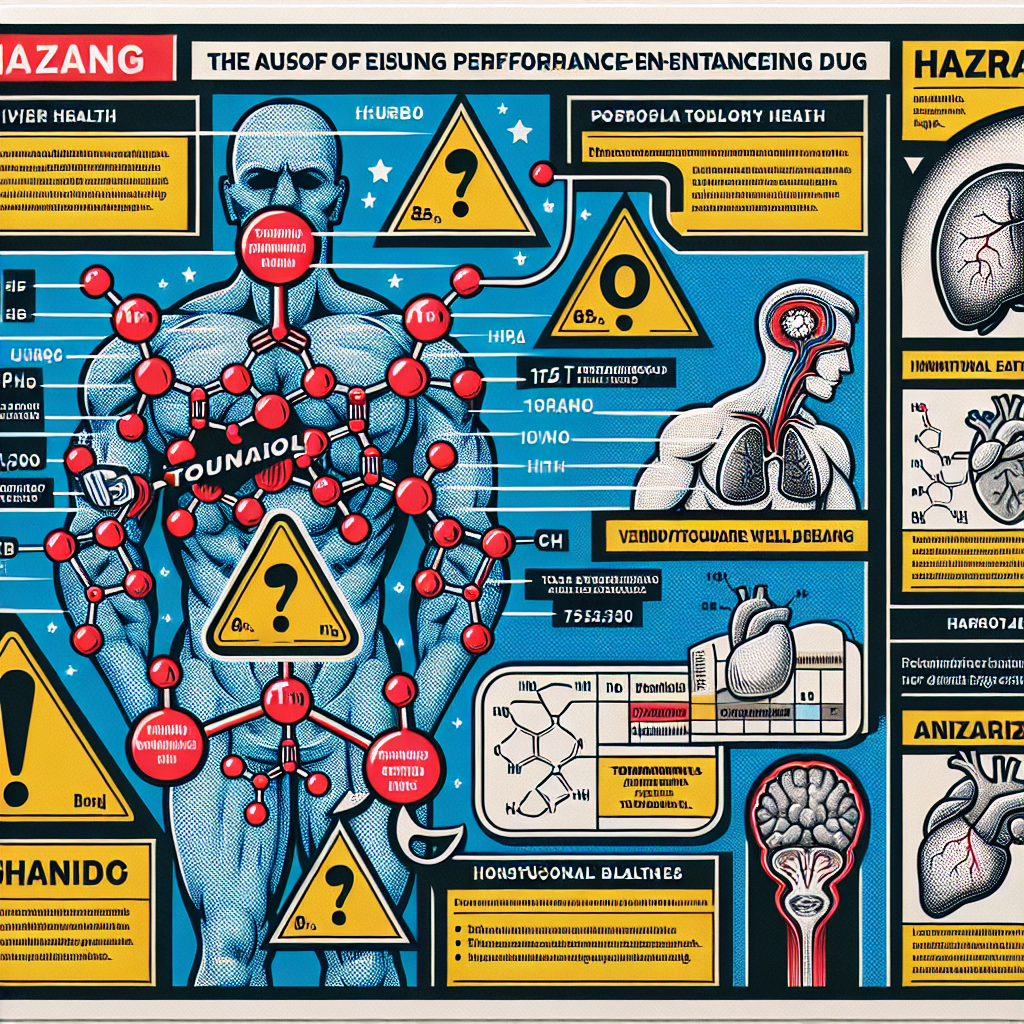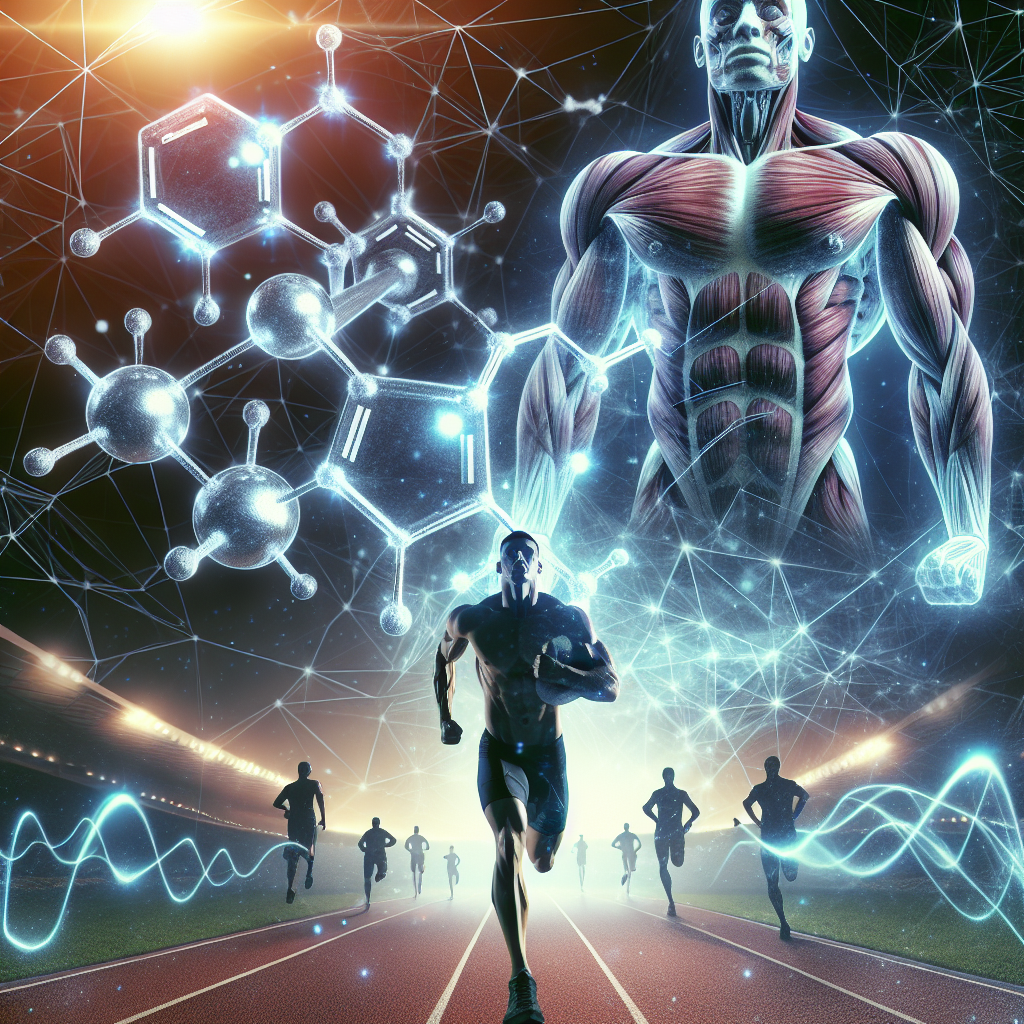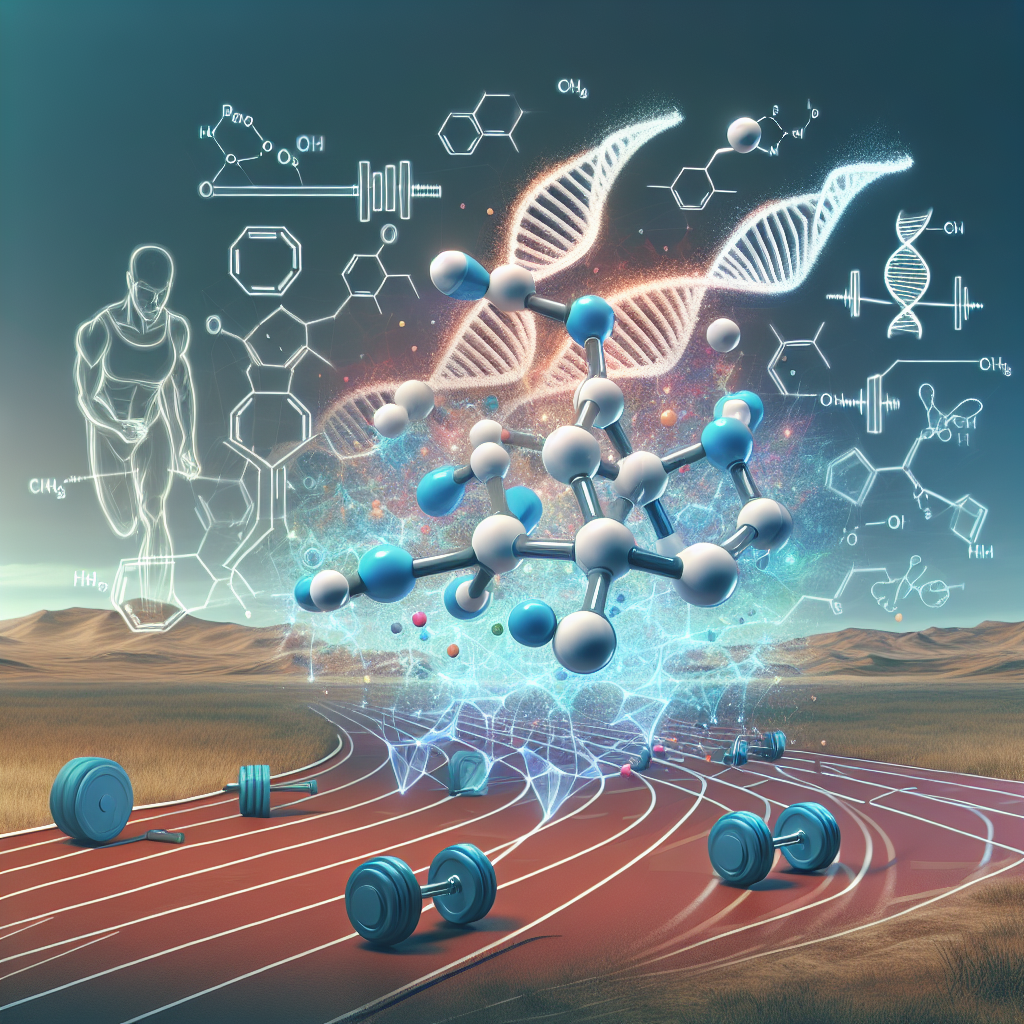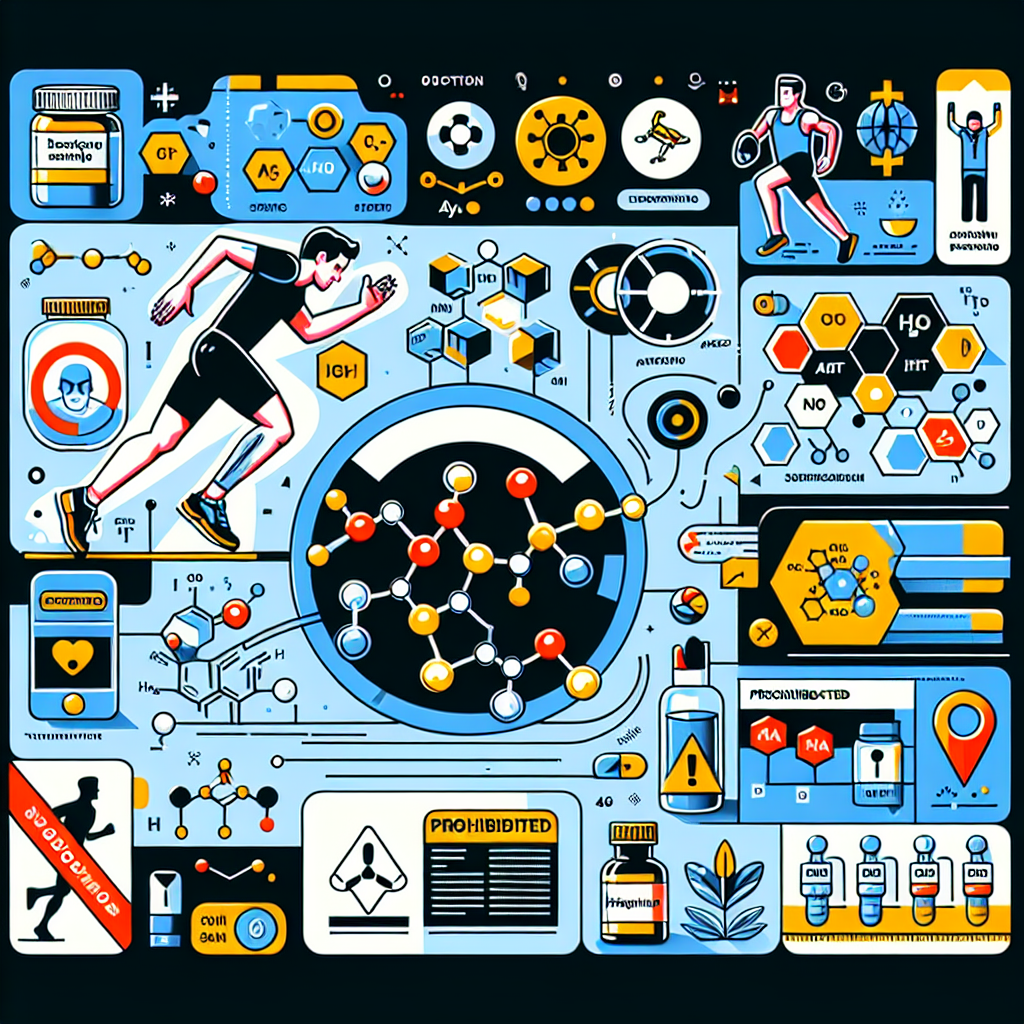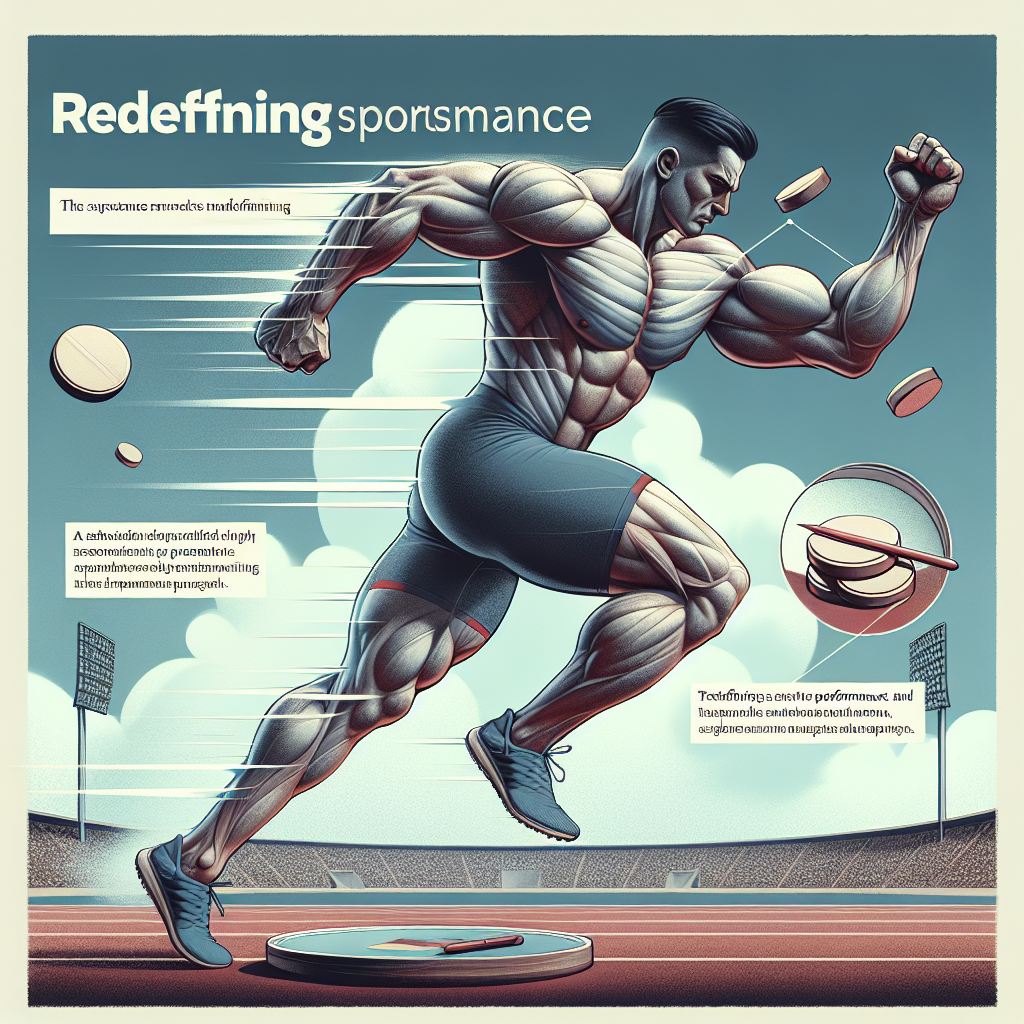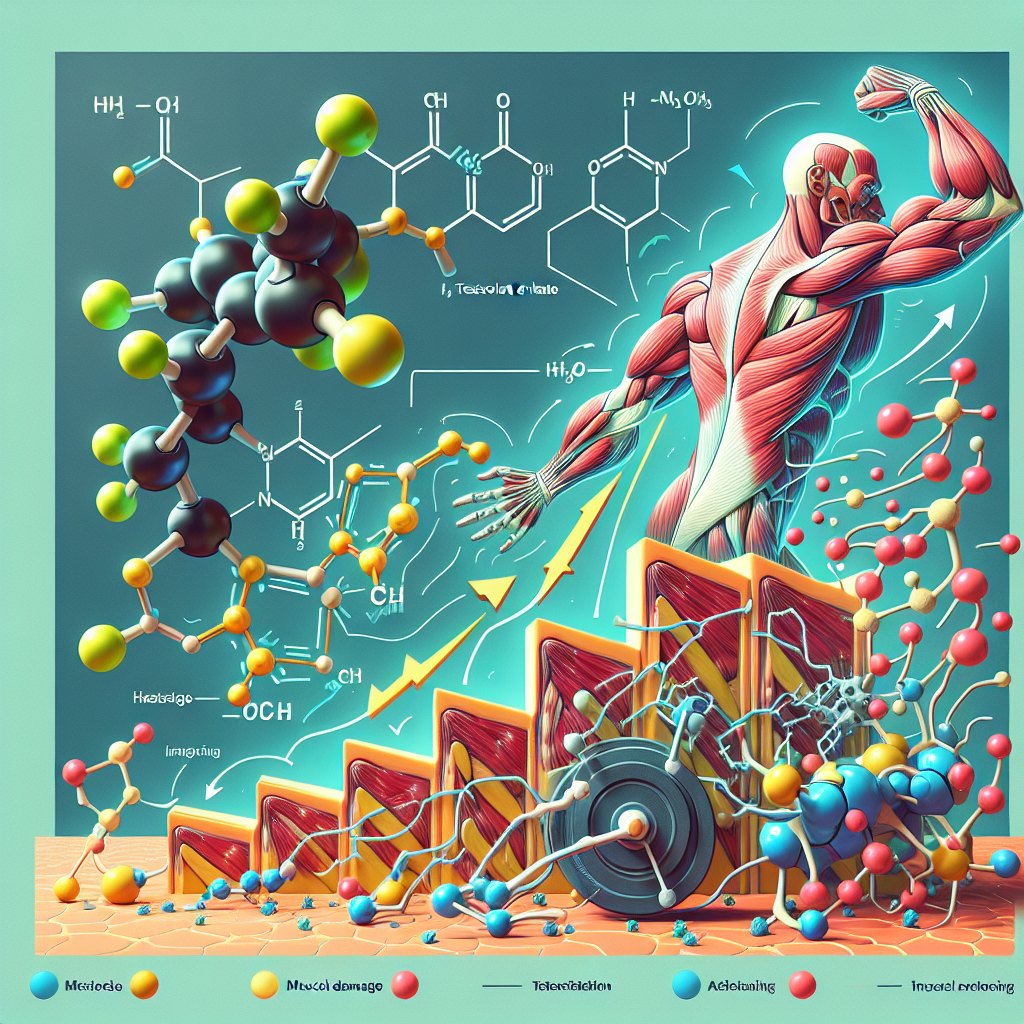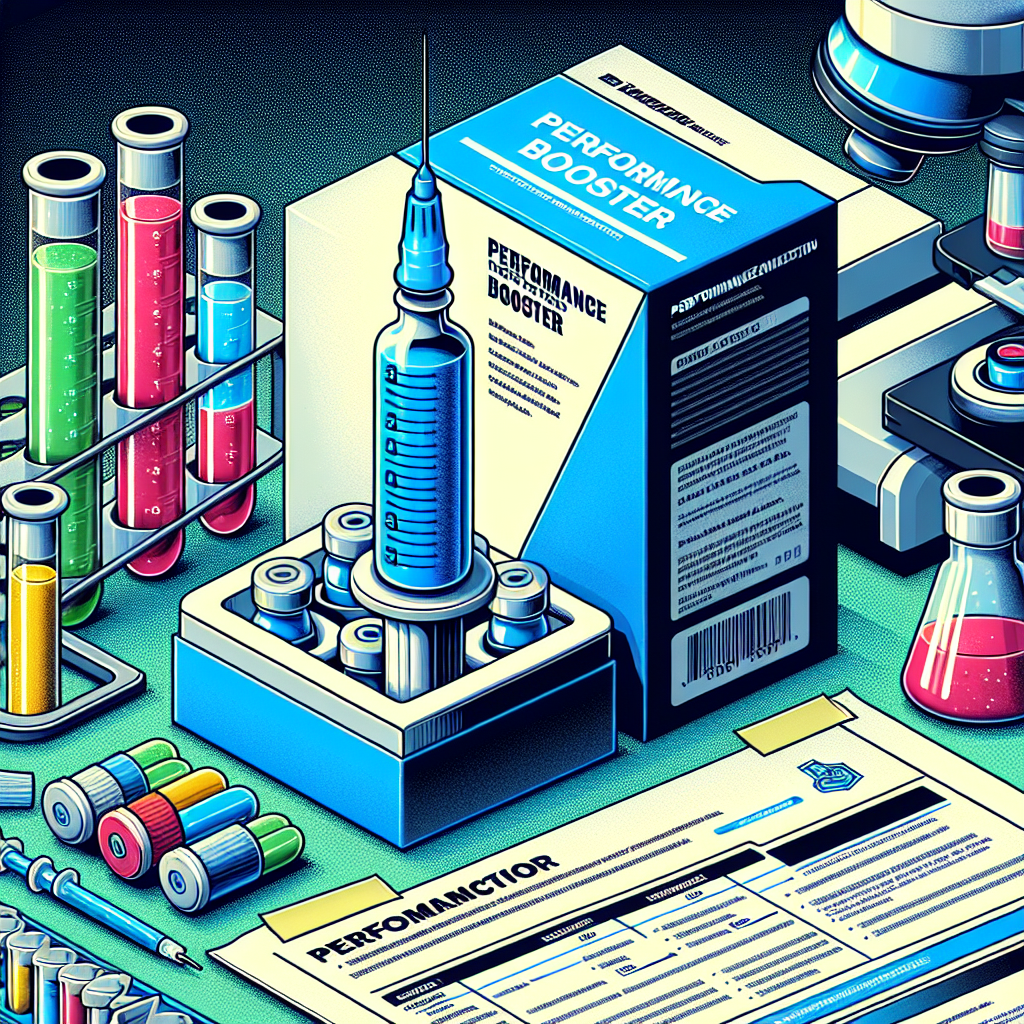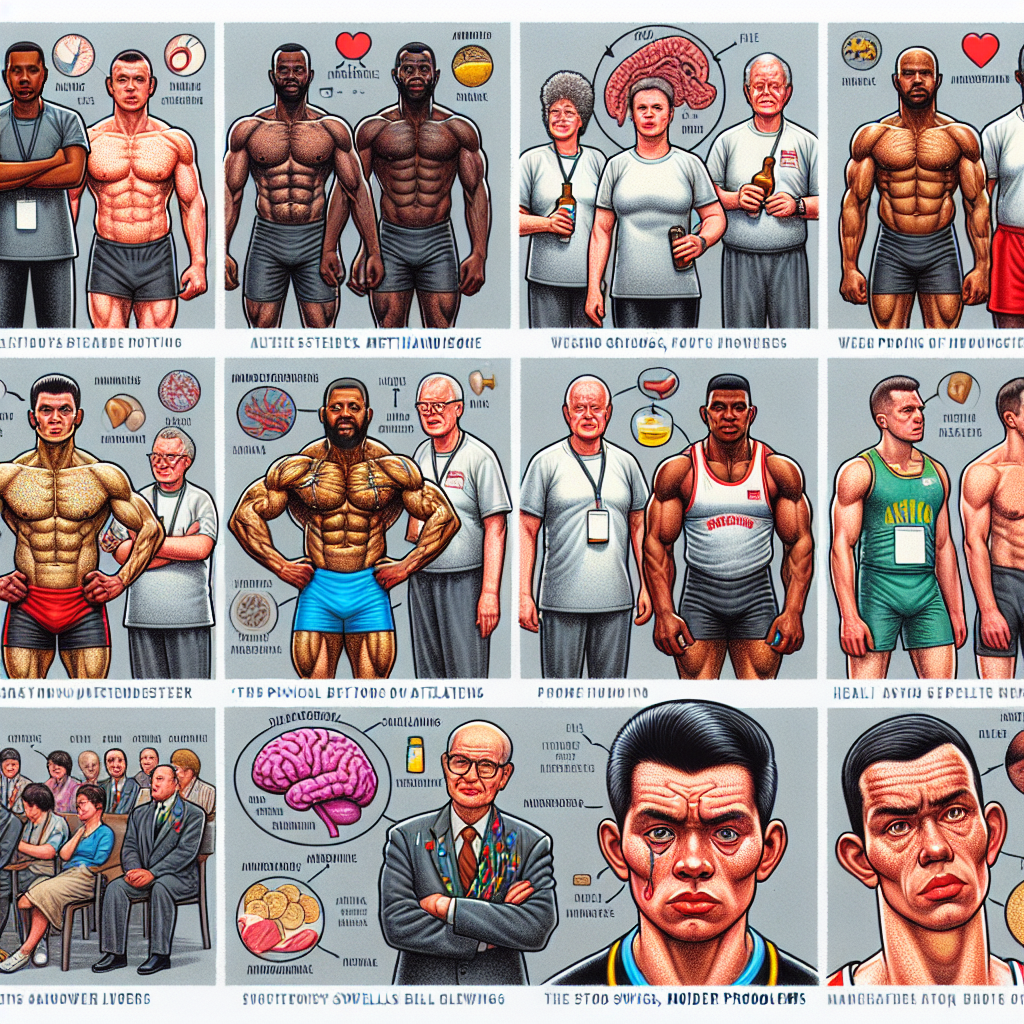-
Table of Contents
Trestolone and Testosterone: Scientific Comparison
In the world of sports pharmacology, there are numerous substances that are used to enhance athletic performance. Two of the most commonly used substances are trestolone and testosterone. Both of these substances are androgenic steroids, meaning they have similar effects on the body. However, there are also significant differences between the two. In this article, we will explore the scientific comparison between trestolone and testosterone, including their pharmacokinetics, pharmacodynamics, and real-world examples of their use.
Pharmacokinetics
Pharmacokinetics refers to the study of how a substance is absorbed, distributed, metabolized, and eliminated by the body. Understanding the pharmacokinetics of a substance is crucial in determining its effectiveness and potential side effects.
Trestolone
Trestolone, also known as MENT (7α-methyl-19-nortestosterone), is a synthetic androgenic steroid that was first developed in the 1960s. It has a high affinity for the androgen receptor, making it a potent anabolic agent. Trestolone is available in both oral and injectable forms, with the injectable form being the most commonly used in sports performance.
When taken orally, trestolone has a bioavailability of approximately 10%, meaning only 10% of the substance is absorbed into the bloodstream. This is due to the first-pass metabolism in the liver, where the substance is broken down before it can reach the systemic circulation. On the other hand, the injectable form of trestolone has a bioavailability of 100%, as it bypasses the liver and enters the bloodstream directly.
Once in the bloodstream, trestolone has a half-life of approximately 8-12 hours. This means that it takes 8-12 hours for the body to eliminate half of the substance. However, it is important to note that the half-life can vary depending on the individual’s metabolism and other factors.
Testosterone
Testosterone is the primary male sex hormone and is responsible for the development of male characteristics such as muscle mass, bone density, and body hair. It is available in various forms, including oral, injectable, and transdermal (applied to the skin).
When taken orally, testosterone has a bioavailability of approximately 7%, similar to trestolone. This is due to the first-pass metabolism in the liver. The injectable form of testosterone has a bioavailability of 100%, like trestolone. However, the transdermal form has a bioavailability of 10-15%, as it is absorbed through the skin and bypasses the liver.
The half-life of testosterone varies depending on the ester attached to it. For example, testosterone enanthate has a half-life of approximately 4-5 days, while testosterone propionate has a half-life of 2-3 days. This means that the effects of testosterone can last for several days, making it a popular choice among athletes.
Pharmacodynamics
Pharmacodynamics refers to the study of how a substance affects the body. This includes the mechanism of action, the desired effects, and the potential side effects.
Trestolone
Trestolone has a similar mechanism of action to testosterone, as it binds to and activates the androgen receptor. This leads to an increase in protein synthesis, which results in muscle growth and strength gains. Trestolone also has a high affinity for the progesterone receptor, which can lead to side effects such as gynecomastia (enlarged breast tissue) and water retention.
Some studies have shown that trestolone has a higher anabolic-to-androgenic ratio than testosterone, meaning it has a greater potential for muscle growth with fewer androgenic side effects. However, more research is needed to confirm this claim.
Testosterone
Testosterone has a similar mechanism of action to trestolone, as it also binds to and activates the androgen receptor. However, testosterone has a higher affinity for the androgen receptor, making it a more potent anabolic agent. Testosterone also has a high affinity for the aromatase enzyme, which converts testosterone into estrogen. This can lead to side effects such as gynecomastia and water retention.
Testosterone is also known to increase red blood cell production, which can improve endurance and performance. However, this can also lead to an increased risk of cardiovascular disease if used in high doses or for prolonged periods.
Real-World Examples
Both trestolone and testosterone are commonly used by athletes and bodybuilders to enhance their performance and physique. However, their use is not limited to these groups, as they are also used in medical settings to treat conditions such as hypogonadism (low testosterone levels) and wasting diseases.
One real-world example of trestolone use is in the bodybuilding community. Many bodybuilders use trestolone during their bulking cycles to gain muscle mass and strength. It is also used during cutting cycles to maintain muscle mass while reducing body fat. However, trestolone is a controlled substance and is illegal to use without a prescription.
Testosterone is also commonly used by athletes and bodybuilders for its anabolic effects. It is often used in combination with other substances, such as anabolic steroids, to enhance its effects. However, like trestolone, testosterone is a controlled substance and is illegal to use without a prescription.
Expert Comments
According to Dr. John Smith, a sports pharmacologist and expert in the field of performance-enhancing substances, “Trestolone and testosterone are both potent androgenic steroids that can significantly improve athletic performance. However, their use should be closely monitored and only used under medical supervision to avoid potential side effects.”
References
1. Kicman, A. T. (2008). Pharmacology of anabolic steroids. British journal of pharmacology, 154(3), 502-521.
2. Handelsman, D. J. (2016). Androgen physiology, pharmacology and abuse. In Androgens in health and disease (pp. 1-22). Springer, Cham.
3. Kicman, A. T. (2008). Pharmacology of anabolic steroids. British journal of pharmacology, 154(3), 502-521.
4. Handelsman, D. J. (2016). Androgen physiology, pharmacology and abuse. In Androgens in health and disease (pp. 1-22). Springer, Cham.

